Ed Hewitt, row2k.com
One of the hardest things to do at big races is to get photos of your friends; as compared to hanging out in the backyard, going surfing, or sharing a meal, the context at the starting line of a big race (and often enough even a 'small' race) is completely different. The stakes and intensity are high on both sides of the lens, and you want both to get the job done and do right by your friends.
Of course, knowing the people well and also being able to get the shot are the reasons you get the gig, so there you are.
In 2004, I knew almost all of the US team well; the camp boats trained in my hometown for years, and my wife was even one of the women's coaches (and was a USOC assistant coach of the year for the effort as I recall).
We all know the starting line ritual pretty well, and as photographers we also see that athletes' approach to it varies tremendously, from loud joking around to nearly grim preparation for battle - and being a few feet away from folks on the starting pontoon, we have to play it very cool, but also keep it real and human.
(Our series covering the 2004 US men's eight has commentary on chatting with the guys at the start of the heats - see Part 1 and Part 2 - I had never seen a crew so loose, and thought 'these guys are either going to win everything, or get creamed;' we know now how it turned out, whew.)
In these situations, you do the same thing as a photographer that you do as an athlete; reel in your emotions just to the point where they become useful to you, wait for the beep, and do the thing.
On the first day of racing in Athens in 2004, my first Olympics mainly as a photographer (I had worked with NBC in a bunch of roles in Sydney), Aquil Abdullah and Henry Nuzum were racing the double on Saturday morning. They weren't the first friends I had seen at the line that day, but they were definitely the first crew that included a guy with whom I was in a band for the previous few years for sure here is a photo of Aquil and I playing an arts festival in 2003 (the 'two weeks' in the caption was a misunderstanding; we had been playing together for a long time at that point).
On the starting pontoon, you might have a square foot or so in which to do your job, so there are rarely chances to move to reframe photos, and sometimes you can't even move an inch to one side or the other. You work with the hand you are dealt, which can be both a fun and sometimes confounding challenge.
For this specific race, I was next to a photographer who was complaining about the light - oddly, a lot of Olympic racecourses face due south, and the Schinias course is definitely one of them - so the sun starts out on your left as you are photographing down the course, crosses the sky right in front of you, then goes down on your right - which means you are shooting almost directly into the sun the entire day. (The Rio course faces due south as well, but in the southern hemi - perfect!)
Many agency photographers who are dispatched to the rowing course for a day come in saying 'how the h am I supposed to photograph this?!?' The regular rowing photogs all just laugh; it's just another day on the pontoon for them.
Me, I was just trying to get a photo or three of the guys before they were gone five strokes later; Henry's stretch (photo 3) at the start pretty much sums it up.
Four days later for the semis, I was at the finish line catching them at the other end of the racecourse, and they kept it 'interesting' for sure, advancing to the finals in a photofinish (photos 5 and 6 above). The job at this point is keep your eye behind the viewfinder and take the damn photos; don't think you are there to watch the racing or you're done for.
The last couple photos of the guys on the dock were a lot easier to take for sure, although the emotion while taking them was probably at a peak among all the photos here.
We will be posting regular "behind the shot" and "favorite shots" of all of you, our rowing friends, going forward; we hope you enjoy.
If you enjoy and rely on row2k, we need your help to be able to keep doing all this. Though row2k sometimes looks like a big, outside-funded operation, it mainly runs on enthusiasm and grit. Help us keep it coming, thank you! Learn more.
Comments | Log in to comment |
- Bont Rowing
- Calm Waters Rowing
- Concept 2
- Craftsbury Sculling
- The Crew Classic
- CrewLAB
- Croker
- Dad Vail Regatta
- Durham Boat Co.
- Empacher
- Faster Masters
- Filippi
- Fluidesign
- h2row.net
- HUDSON
- Live2Row Studios
- Nielsen-Kellerman
- Oak Ridge RA
- Peinert Boat Works
- Pocock Racing Shells
- Race1 USA
- Rockland Rowing Masters Regatta
- RowKraft
- Rubini Jewelers
- Vespoli USA
- WinTech Racing
- Bont Rowing
- Calm Waters Rowing
- Concept 2
- Craftsbury Sculling
- The Crew Classic
- CrewLAB
- Croker
- Dad Vail Regatta
- Durham Boat Co.
- Empacher
- Faster Masters
- Filippi
- Fluidesign
- h2row.net
- HUDSON
- Live2Row Studios
- Nielsen-Kellerman
- Oak Ridge RA
- Peinert Boat Works
- Pocock Racing Shells
- Race1 USA
- Rockland Rowing Masters Regatta
- RowKraft
- Rubini Jewelers
- Vespoli USA
- WinTech Racing


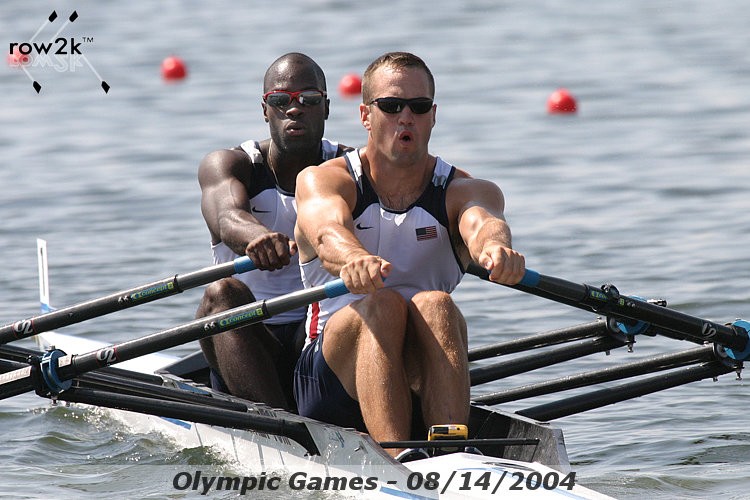
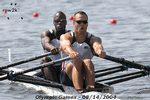
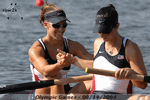
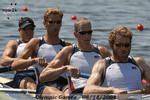
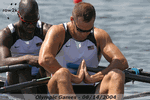
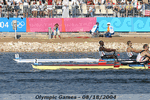
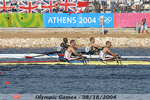
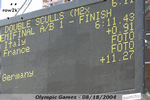
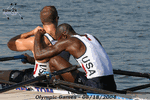
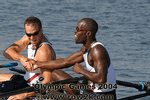

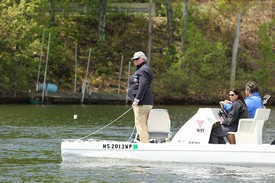
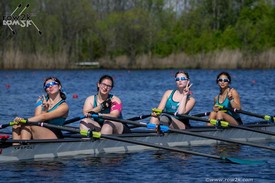













06/05/2020 3:36:25 PM